Social media thrives on trends—and one of the most captivating, controversial, and misunderstood phenomena in recent years is the rise of “beautiful girl challenges.” These challenges, often centered on showcasing beauty, confidence, or transformation, have gone viral on platforms like TikTok, Instagram, YouTube Shorts, and Snapchat. But what do they really say about digital culture, self-worth, and the evolving concept of beauty?
This article takes a deep dive into the origins, impact, psychology, and future of beautiful girl challenges on social media—exploring their appeal, the critique, and the complex interplay between empowerment and pressure.
What Are Beautiful Girl Challenges?
Beautiful girl challenges are social media trends where participants—mostly young women and teen girls—share short videos or posts that highlight their appearance, glow-ups, fashion sense, or transformation. These often follow a structured format, with music, filters, and editing styles designed to emphasize visual appeal.
Examples include:
- The “Glow-Up” Challenge: Before and after videos showing personal transformations.
- “Hot Girl Summer” Trends: Flaunting style, confidence, and independence.
- Makeup Transition Videos: From bare face to full glam.
- Hashtag-Based Challenges: Like #BeautifulGirlChallenge or #PrettyGirlTrend, where users are tagged to post photos or videos of themselves.
These challenges attract millions of views and likes, driven by aesthetic appeal, relatability, and the viral nature of social media algorithms.
Why Are They So Popular?
1. Validation and Engagement
Social media is fueled by attention—and beauty-related content often receives more likes, shares, and positive comments. For many participants, joining a beautiful girl challenge is a way to feel seen, appreciated, and validated in a digital world that rewards visual storytelling.
2. Empowerment Through Self-Expression
Not all challenges are shallow or vain. Some participants find empowerment through makeup, fashion, and confidence-building content. These challenges can become a platform for self-love and identity exploration, especially for young women navigating social standards.
3. Trendy, Fun, and Creative
With filters, editing tools, and viral sounds, these challenges provide a creative outlet. Participants get to experiment with looks, collaborate with friends, and join a larger digital movement.
The Double-Edged Sword of Beauty Challenges
While beautiful girl challenges can be empowering, they also raise concerns. Here’s a closer look at the flip side:
1. Reinforcement of Unrealistic Beauty Standards
Many challenges highlight narrow beauty ideals—flawless skin, specific body types, eurocentric features—which can contribute to body image issues and low self-esteem among viewers who don’t see themselves reflected.
2. The Pressure to Perform
The performative nature of these challenges creates pressure to always “look good” or appear confident, even when it’s not genuine. For some, this leads to anxiety, comparison, and burnout from constant content creation.
3. Oversexualization and Objectification
Some beautiful girl challenges toe the line between confidence and oversexualization. This is particularly concerning when minors participate, leading to concerns around online safety, exploitation, and inappropriate attention.
Are Beautiful Girl Challenges Harmful or Helpful?
There’s no one-size-fits-all answer. These challenges are multifaceted—they can inspire confidence or deepen insecurity. The key lies in context and intent.
- When used as a form of self-celebration, they can uplift and connect people.
- When driven by validation-seeking or comparison, they may harm mental well-being.
The challenge is not the content itself, but how it’s consumed, and why it’s created.
Navigating the Trend Responsibly
To participate in or consume beautiful girl challenge content mindfully, here are some tips:
For Creators:
- Define your “why.” Are you posting for fun, creativity, or to meet external expectations?
- Be authentic. Use your style and voice, rather than mimicking viral trends.
- Protect your boundaries. Avoid sharing content you wouldn’t be comfortable with offline.
For Viewers:
- Curate your feed. Follow creators who inspire you beyond appearance.
- Be critical. Remember filters, lighting, and editing tools are designed to enhance.
- Don’t compare. Beauty is diverse. These challenges don’t define your worth.
The Role of Algorithms in Promoting Beauty Challenges
The viral nature of beautiful girl challenges isn’t just organic—algorithms play a huge role. Platforms like TikTok and Instagram prioritize content that grabs attention quickly, and appearance-based videos often perform well.
Key Points:
- Algorithmic Bias: AI systems are trained on user behavior, and beauty-related content often gets more interaction, creating a feedback loop.
- Engagement Over Well-Being: Platforms reward engagement, not necessarily content that supports users’ mental health or self-esteem.
- The Trend Effect: Once a certain challenge goes viral, others jump in to ride the trend, amplifying its reach.
This makes it important for platforms to take responsibility—not just for what content they allow, but for how it’s promoted.
FAQs
1. What is the beautiful girl challenge trend?
It’s a social media trend where users—mostly women—share content emphasizing their appearance, glow-ups, or beauty transformations, usually accompanied by popular music and hashtags.
2. Are beautiful girl challenges dangerous?
They can be if they lead to unrealistic standards, comparison, or pressure. However, with a healthy mindset, they can also be fun and empowering.
3. Why do people participate in these challenges?
For self-expression, validation, creativity, or simply to join a trending moment. The reasons vary by individual.
4. How can parents talk to teens about these challenges?
Start with open conversations. Ask questions, show interest in their digital world, and discuss self-worth beyond appearance. Avoid judgment.
5. What can platforms do to reduce the negative impact of beauty trends?
Platforms can introduce content warnings, diversify the content they promote, and use algorithms to highlight more inclusive and body-positive creators.
Final Thoughts
The beautiful girl challenge is more than just another trend—it reflects the evolving relationship between technology, identity, and beauty. It has the power to uplift or to harm, depending on how it’s used and perceived.
In a world where filters blur reality and beauty becomes algorithmic, the real challenge isn’t looking good online—it’s staying grounded, authentic, and confident offline.
When we begin to see beauty not as a performance, but as a reflection of individuality, these challenges can become more than vanity—they can be a celebration of self-expression.

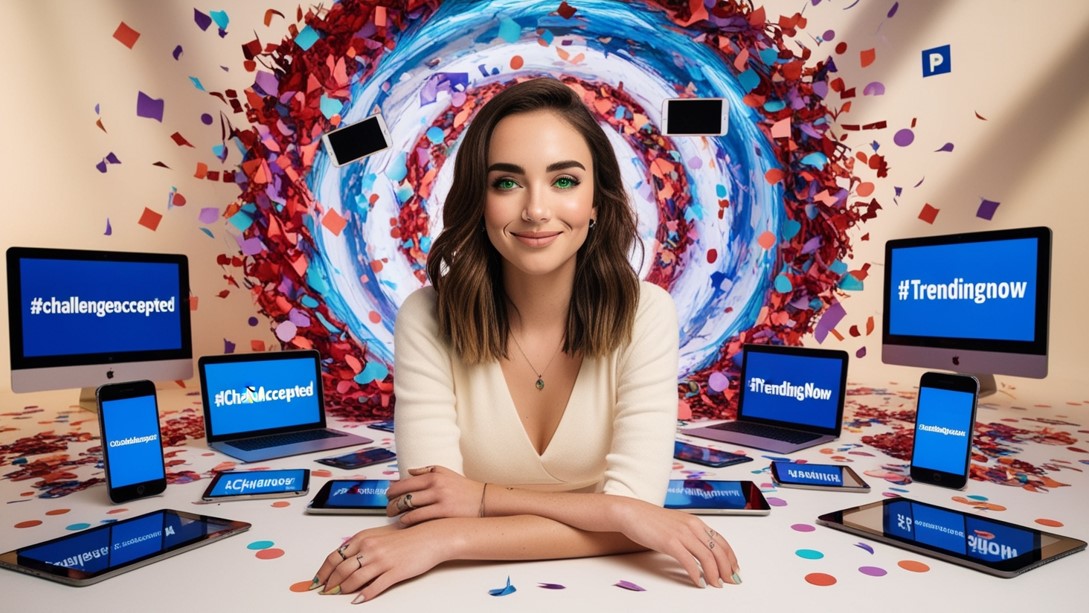
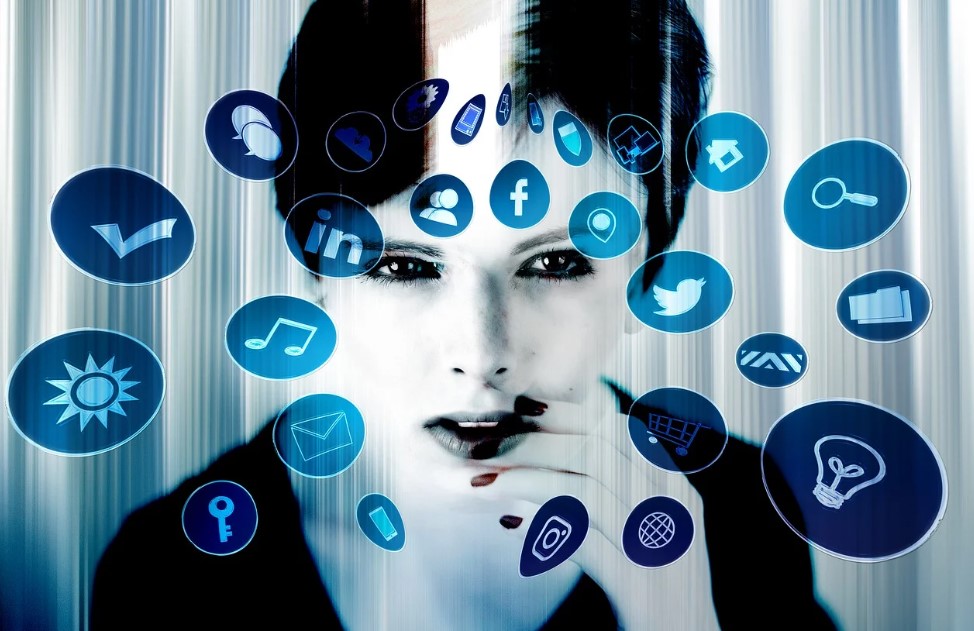

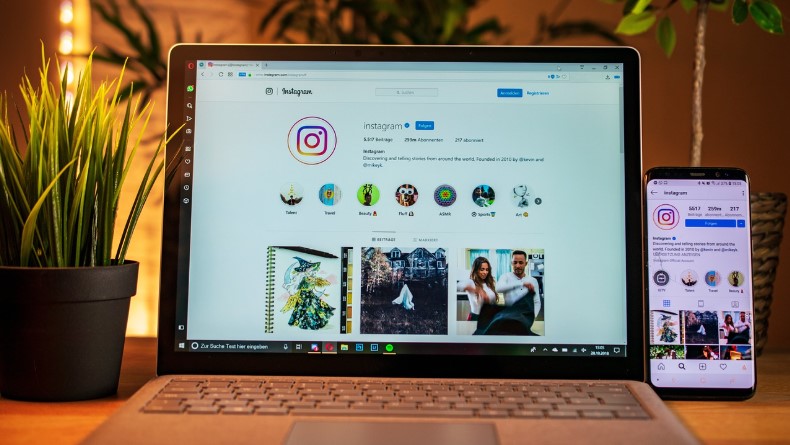
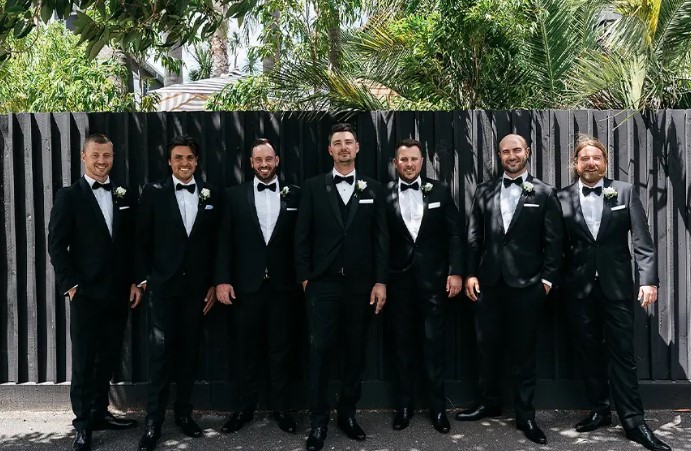
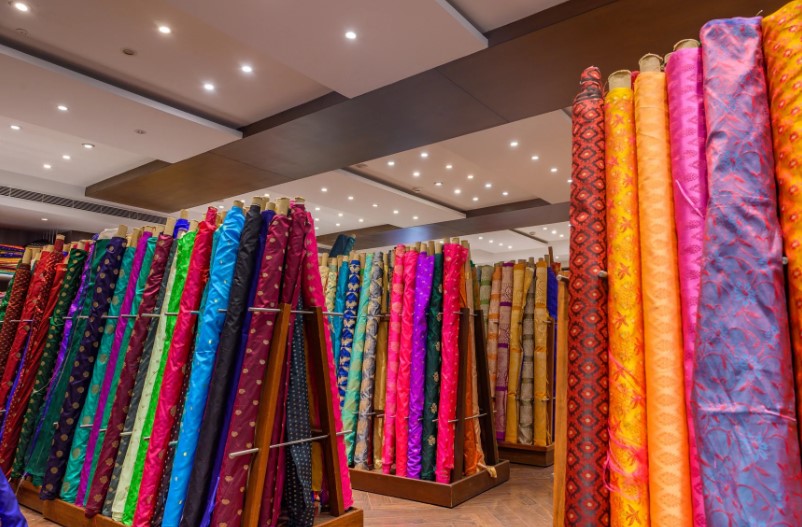
Leave a Reply